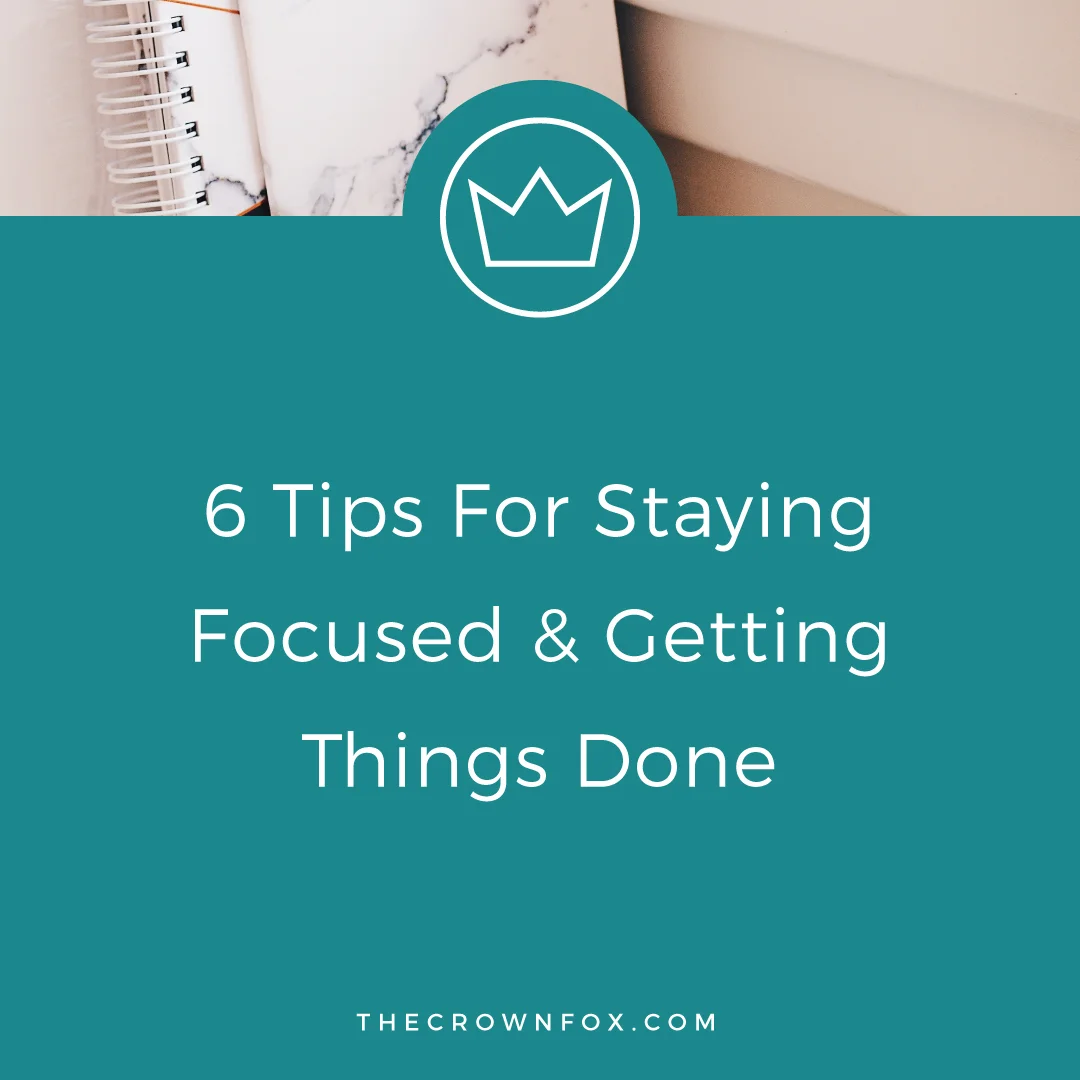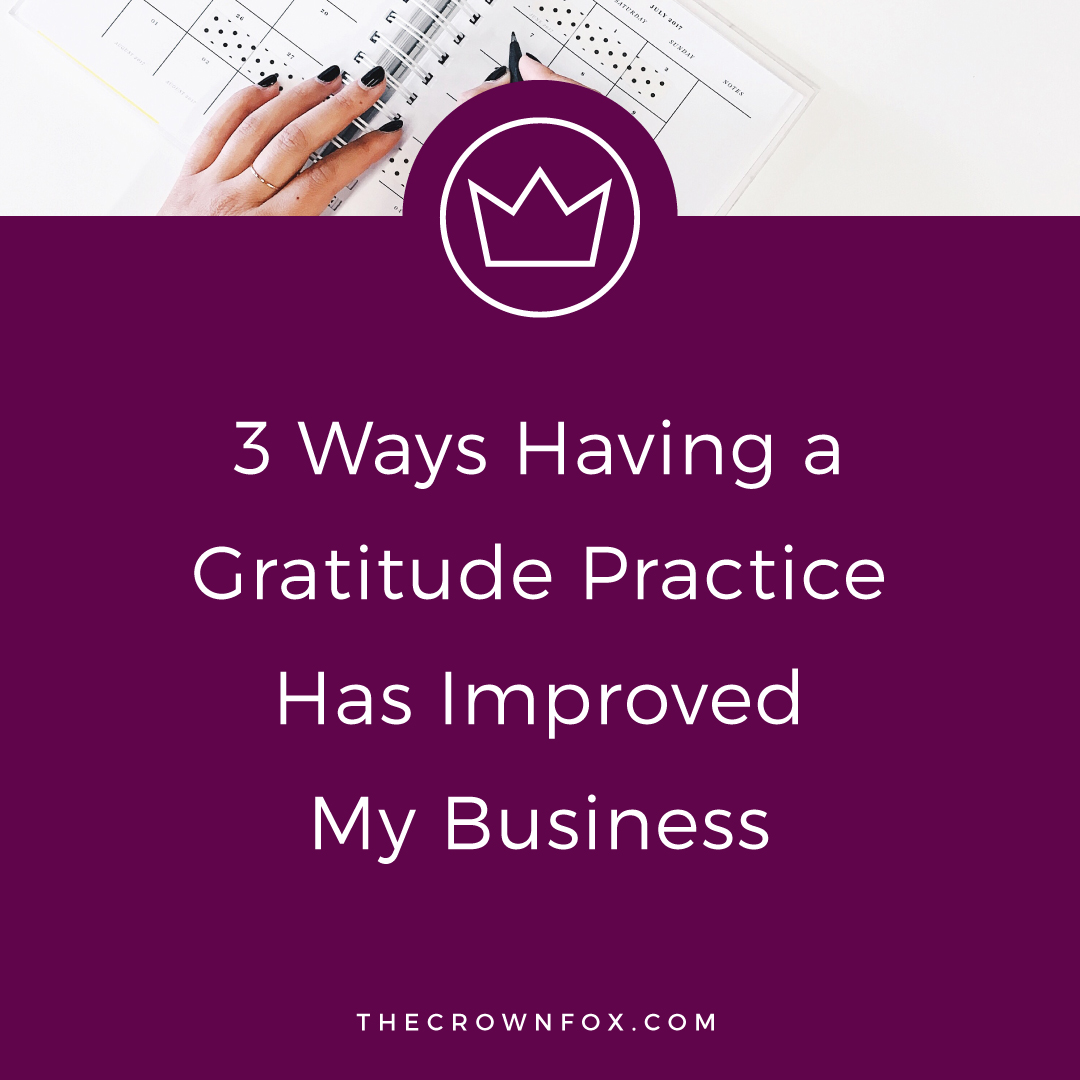If you are out there, trying to grow your business, and have no background in graphic design, advertising, or marketing, you might get a little confused with all the words thrown around. Heck, even if you have a background in graphic design, advertising, or marketing you still might get confused. It seems like everyone’s talking about your brand, identity, logo, collateral, content, and so on... but what do all the words even mean?! I’ll tell you, my friend…
BRAND
This is the most confusing one, so we are starting here. The easiest way I’ve figured out how to explain a brand to someone is: your brand is how people see you (or your company). For example, you might aim to create a business that promotes “a fit, healthy approach to life.” That would be what you hoped your brand was – but if people see you as “an unhealthy, extremist way of living that results in destructive habits” the people win, and you won’t be successful, because your brand isn’t what you intended.
There are countless elements that go into your brand and cause people to think and feel certain ways about you. By saying “brand” you encompass all of those things. I say that I work as a brand designer, because I want to help my clients think of, design, create, plan, strategize all of these different elements.
If this is all confusing and overwhelming, just take this one thing away: your brand is NOT your logo.
BRANDING
Branding is the action of developing, creating, or designing elements and strategies, in an effort to affect your brand (affect how people perceive you) in a positive way (or in whatever way you want).
Again - your company has a brand – people have a general opinion and feeling about it. But the act of you trying to manipulate and influence that opinion is your branding.
So your branding can include a lot of other confusing words – like your strategy, your content, your approach to social media, your visuals (like a logo), etc. Think of the biggest companies you know – how did you form your opinion of them? Was it just one time you saw one thing about them? No. It was an overall branding experience.
An example I think of is McDonalds and their desperate attempts to act like they’re a healthy choice, as opposed to the fast food chain with greasy fries we all know it as. They didn’t just say “Hey! Folks! We offer salads now, so we are like… kind of healthy. You can totally eat here. It’s definitely real meat, promise!” We all know and have been raised thinking the brand of McDonalds as not even remotely healthy. It's so ingrained into our minds, so hard to change, that they are pumping all their energy and money into their branding, trying to change the public opinion. They have fit, healthy, happy looking people in their ads, they offer fruit and salads in their restaurants, they revamped their physical buildings to feel more light and airy, the signage is always about the newest salad, or a kid's menu with apple slices… these are all elements of their new branding. Whether or not their branding is actually successful is another story – because I, for one, can’t shake the idea that it’s mystery meat and a bad decision.
VOICE
How you sound to others – in person, in emails, in blog posts, in tweets, on periscope, etc. You want this to be cohesive with the rest of your branding (yes, this is also a PART of your branding). I, for example, try to always come across very nice and approachable, but I also try to make you laugh (or at least smile!) with a little bit of sarcasm or self-deprecating humor. This is because in real life, I’m generally a nice person, who tries to make people laugh. It was an easy voice to develop, because I’ve had 20-something years of practice.
For you personal brands, it might be just as easy to identify your voice – but make sure you are using a voice that will attract the right kind of people for your business. I know that with my clients, we end up being friends by the end of working together. That's what I strive for. So, I set the tone from day 1 that I am normal, nice, and friendly – but that I’ll also be transparently real and tell you funny stories. I want to make it clear that, if we were in the same city, I’d totes go out for cocktails with you. This helps my business overall. There are enough designers out there that I need to stand out as someone you (potential client that I specifically trying to appeal to) like, think is awesome, want to work with.
IDENTITY
This is sometimes referred to as brand identity or visual identity. THIS is where the visuals are. This is your logo, your colors, your typography choices, etc. This is what people can actually see (not just feel, or think). Your identity is a part of your branding, but JUST a part.
This is where a lot of people get stuck – because they think they just need an identity (worse yet, they just need a logo…) For me, a really weird gray area is explaining to clients that I am not going to just create a logo. There are so many different types of designers, and I’m not saying one is better than the other, just that they are all so different. It must be confusing to clients. Like do they want a graphic designer? A brand designer? An identity designer? I always start my conversations with potential clients by clearing up any confusion between what they actually want to accomplish and what I offer. If someone is insistent that they only need a logo, and seem closed off to the idea of developing branding for their business, I will turn away the client.
COLLATERAL
Collateral pieces are additional, tangible, things you use in your business. Things like business cards, letterheads, thank you cards, price sheets, welcome pamphlets, etc. These are created from the parameters you’ve set while creating your identity, so they visually are cohesive. They are a part of your branding, too, but again, JUST a part.
I might be considered calculating, but for me, every single thing I put out has an ulterior motive for my business (with the exception of some random tweets, like about my cat, Priscilla. That’s just because I’m a cat lady). I say this to mention that even your collateral pieces, something as simple as a thank you card, should work somehow in your strategy to help you achieve your overall business goals.
So, it might just be a nice gesture to send a thank you card to a client. But really, it’s a nice way to remind them you are alive a month or so after a project is done. Y’know, in case they need additional work. If it’s a nicely designed thank you card, they might snap a pic for Instagram, or set it on their counter, and then someone else might see it and say, “Wow, this is beautiful. What is it for?” and then my old client might say “My amazing designer,” and then their friend might say, “Oh, I needed something designed for my business…” and voila. Catching my drift here? I thought so.
STRATEGY
That last point is a nice lead in to strategy. Strategy is a really general sounding term, and in all honesty, it’s a huge umbrella term. There are a lot of strategies at play in running a business and creating good branding. This is also a part of your branding – JUST a part. Strategy is the plan, or method, to get you from point A to point B in your business. Super vague, I know.
You can’t develop a strong strategy until you develop some concrete goals. Once you know what the end game is, create a path to get there. Is your end game to launch a successful course? Cool. What steps do you need to take across your entire branding spectrum to get you there? What steps do you take to find potential buyers, what steps do you take to promote the course, what steps do you take to get other people to promote the course, what steps do you take to create the content? Map it all out. It sounds overwhelming – but going at it blind is way more overwhelming.
Areas where you should be strategic: blog posts, guest blog posts, opt-ins, the layout of your website, where you promote your opt-ins, what Facebook groups you join, who you do joint-ventures with, what you retweet… just to name a few. If you’re thinking right now, wait, wait, the internet isn’t my ‘deal’ I’m a brick-and-mortar business, so strategy isn’t a thing right? Wrong. What expos are you a part of, what other businesses promote you or have your business cards on display, what newspapers do you run print ads in, what local celebs/influencers/socialites talk about you…? All of this matters, if you want to be successful.
CONTENT MARKETING
Content Marketing is creating valuable and strategic content that will attract your audience, and potentially lead to sales, customers, clients, subscribers, etc. This blog would be considered content marketing, because I am hopefully showcasing to readers that I am a valuable resource, prompting them to sign up for my email list or invest in my services or products.
This sounds like a super new idea, but it’s actually been around for a long time in traditional advertising. The most popular, and probably noted as one of the oldest, examples of content marketing is John Deere (yeah, the tractor). He put out a magazine about farming related things and how to be a successful farmer, back in the 1890's(!) that is still in publication today. Kind of like the original blog, right?
CAMPAIGN
A campaign is specifically promoting one thing within your business. You might have an overall branding strategy in play, to accomplish your overall BIG business goals. But a campaign would be a separate (though, cohesive) plan for a specific thing.
For example, I have overall goals for The Crown Fox and branding and strategy in place to accomplish those. But when I launch a course next year, I will create a separate campaign to promote that. You probably hear people call this “launch” or “launching” something – a book, a course, whatever. What they are really saying is that they are running a really intense campaign to promote the heck out of a new product or service. For Internet businesses a campaign might include doing webinars or periscopes leading up to a launch, or having friends or affiliates talk about your product on social media. It’s different from your overall branding, because it’s happening for a select time to push a select thing.
Hopefully this cleared up some confusion! What other terms have you going “huh”? I’d love to help you figure it out. If you're interested, I made a quick workbook that has a glossary, and some questions to help you with your brand. You can check it out by signing up below!







Hi! I’m Kaitlyn!
I believe that you can create a life and business you love by listening to your own inner guidance system. I think there's plenty of strategies + hacks to learn and a ton of “how to” content you can consume but ultimately you are your best guide, the best guru, the best compass, and the best source of inspiration! I’m here to help you learn to trust that voice inside, step into your incredible power, and create YOUR dream business + life.
Let’s work together!